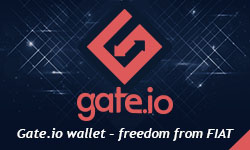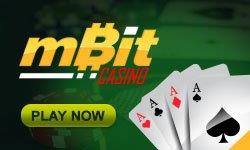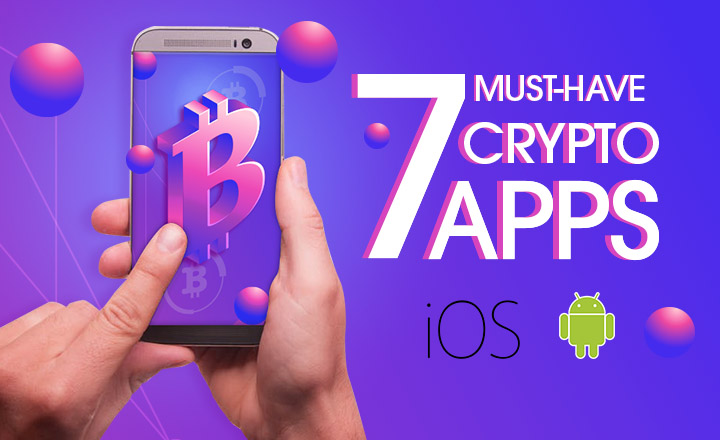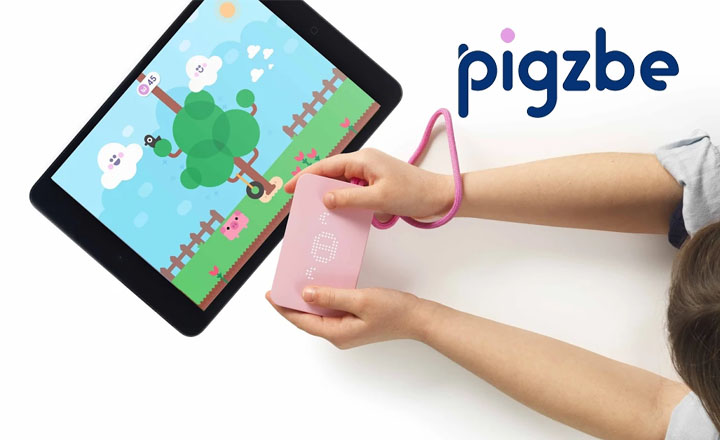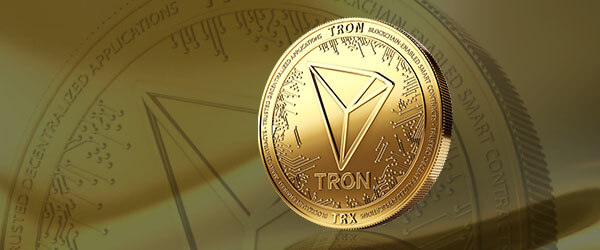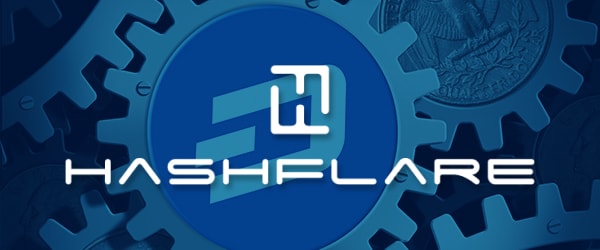5 Lesser-Known Altcoins with Outstanding Features Users Wish Bitcoin Has
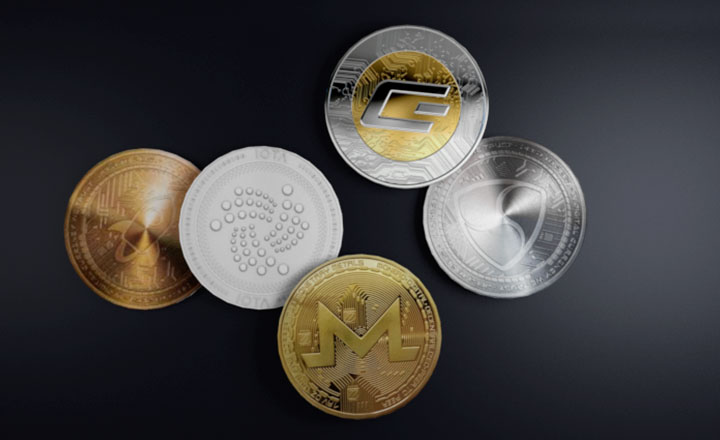
After Bitcoin was released in 2009, it worked its way up to become the most popular cryptocurrency worldwide. Crypto exchanges today are offering this coin. Even most crypto-friendly shops and gaming sites let customers and players pay using Bitcoin.
The success of this crypto coin pushed developers to create alternative currencies called altcoins. Just like Bitcoin, altcoins use blockchain technology. They are described as “alternative” because they are formed out of developers’ act of diverging from the basic rules of the Bitcoin crypto network. Through the divergence, these altcoins start to have their own distributed ledger.
Now, there are a lot of altcoins that investors believe can replace Bitcoin in the future, such as Ripple, Litecoin, and Ethereum. And there are lesser-known altcoins that crypto enthusiasts see as currencies worth investing in. Here are five alternative digital coins with promising features:
1| Monero (XMR)
Launched in 2014, Monero is an altcoin focused on privacy. It is based on a CryptoNote protocol that uses ring confidential transactions, ring signatures, and stealth addresses. These make Monero transactions untraceable. Unlike other cryptos in which privacy is only optional, Monero makes its privacy feature default.
Developers of the coin continued to improve the features of Monero by adding a new privacy technology into the system. @monero tweeted on October 4, 2018:
“Approximately the 18th of October there will be a scheduled network upgrade on the Monero network. To be sufficiently prepared, a user, service, merchant, pool operator, or exchange should run CLI v0.13.0.0 or GUI v0.13.0.0.”
"Approximately the 18th of October there will be a scheduled network upgrade on the Monero network. To be sufficiently prepared, a user, service, merchant, pool operator, or exchange should run CLI v0.13.0.0 or GUI v0.13.0.0."
— Monero || #xmr (@monero) October 4, 2018
This upgrade will be Monero’s big step toward its full adoption of bulletproof technology. As the first cryptocurrency to try this new tech, Monero is on its way to making the privacy features of the network more scalable.
2| IOTA (MIOTA)
This coin was created to eliminate scalability problems that users can experience from Bitcoin. There are no transaction fees imposed as there are no IOTA miners. Users are the validators of each transaction. This means that the more users there are to validate, the faster the transactions are.
IOTA combines blockchain technology with the Internet of Things. The cryptocurrency uses its own system called Tangle technology which makes transactions in this network free. This technology will be used in IAMPASS’ model to create a biometric authentication system as well. The purpose of this new model is to verify a person’s identity by reading his palm vein pattern.
IOTA co-founder Dominick Scheiner said that this new system can reduce some problems in the crypto sphere such as identity theft. He said:
“This is why we are excited about IAMPASS Proof of Concept, which uses the IOTA permission-less distributed ledger to make identity not only portable, but also give users assess and ownership over their own data. With the maturation of identity solutions like these, we will see the IOTA ecosystem providing a key technical puzzle piece for the adoption of distributed ledgers.”
Here is the video posted by IAMPASS on Twitter showing how this authentication system works:
iampass prototype ID x IOTA scenario: “access granted”
(registered user with access rights to this particular server rack)
Tamper proof audit log files:https://t.co/3aWEFAf0qS…#iampass #IAM #identity #iota #tangle #audit #innovation #datacenter #security pic.twitter.com/hReHJpNLKZ— iampass (@i_am_pass) October 15, 2018
3| NEM (XEM)
New Economy Movement or NEM is a blockchain platform and altcoin established in 2015. It allows users to have multiple transactions and offers smart contract features.
The network released a new feature called the Catapult infrastructure. Under this feature, the NEM network will have decentralized swaps, business logic modeling, and advanced account systems.
Lon Wong, NEM.io Foundation president, said:
“Catapult is more than just an improvement to the NEM Blockchain. It is an industry milestone that opens up new capabilities for blockchain database functionality.”
The added feature gained NEM new partnerships around the world, especially in Australia. There is even a plan for NEM to help the country expand its blockchain ecosystem by launching a hub in Melbourne. The foundation also sealed a partnership with one of the leading fintech fixtures in Australia, Stone & Chalk.
Alan Tsen, general manager of Stone & Chalk, said:
“We are excited to include NEM as part of the Stone & Chalk community. Blockchain is an area of growth and we look forward to working together on initiatives to support the ecosystem here.”
NEM Australia also expressed its excitement by tweeting on October 17, 2018:
“We’re EXCITED to launch the #NEM #Blockchain Hub at our new home in @stoneandchalk Melbourne! The Hub serves as a central location for blockchain innovation to help educate the community and support local start-ups!”
?? We're EXCITED to launch the #NEM #Blockchain Hub at our new home in @stoneandchalk Melbourne! ??
The Hub serves as a central location for blockchain innovation to help educate the community and support local start-ups! ✨
Read more here? https://t.co/VHjVAhmgRz pic.twitter.com/G65J6PZHfW
— NEM Australia (@NEM_Australia) October 18, 2018
4| Dash (DASH)
Aiming to provide users with private and instant payments online, Dash released Dash Evolution. This feature introduces an easier way of making transactions and buying products online.
Ryan Taylor, Dash Core Group CEO, said:
“It represents a landmark change from the Bitcoin code upon which Dash was originally based. Along with new features, we plan to continue working on scalability and efficiency.”
The new feature includes a light wallet called DashPay. It has a browser compatibility and SPV security. The CEO added:
“DashPay will seek to emulate apps such as Venmo in providing a friendly experience to the user.”
The light wallet uses owner-customized usernames to keep users from experiencing hassles brought about by the use of cryptographic addresses. DashPay also provides a transaction history and contact list across all linked devices.
5| Stellar (XLM)
Stellar is based on Ripple’s protocol. This explains why crypto enthusiasts and investors often compare the two. But while Ripple is created to work for banks and the finance sector, Stellar’s functionality is more suited for decentralized applications and initial coin offerings.
Stellar is a public ledger that is powered by its native digital asset called Lumens. It is an open-source network that allows exchanges between fiat currencies and crypto coins just like the system of Ripple. The difference is that Stellar’s transactions have lower fees.
The other features of this cryptocurrency are state channels, lightning network, and a non-beta version. These let users experience faster transactions and have their own transactions without executing these on the Stellar blockchain.
The Stellar network launched a zero-fee crypto exchange called StellarX on September 28, 2018. This decentralized exchange highlights free trades and various tokens. On the same day, the company posted on Twitter:
“StellarX is launched–free trades, fiat onramp, all kinds of tokens! Still lots to do. But here’s a look at where we are and where we’re going.”
StellarX is launched–free trades, fiat onramp, all kinds of tokens! Still lots to do. But here's a look at where we are and where we're going. https://t.co/BnHGwxD8E0
— StellarX (@stellarxhq) September 28, 2018
Although the network already launched another exchange named StellarDEX before, StellarX will be bigger as the network plans to include real estate, stocks, and commodities in this exchange.
Christian R, StellarX co-creator, said:
“Stellar’s universal marketplace is greenfield for experienced, adventurous traders — the order books are raw and underexplored. Since StellarX is the first complete client for Stellar, we support every last token issued to the network, all 2500+ of them, including dankness like eQuid (GBP tether or digital cephalopod, who can say?) and something calling itself “charna token”. Roughly 50 new tokens come online each week — crypto, commodities, fiat tethers, securities, and so on,”
The five altcoins discussed above may be lesser-known than Ethereum, Litecoin, and Ripple, but they have outstanding features designed to eliminate the issues that Bitcoin has. Though they still have a long way to go before they reach the peak price that Bitcoin reached, these altcoins continue to promote their distinct functionalities that promise improved scalability and increased privacy. All these are geared toward providing the crypto community with better user experience.


